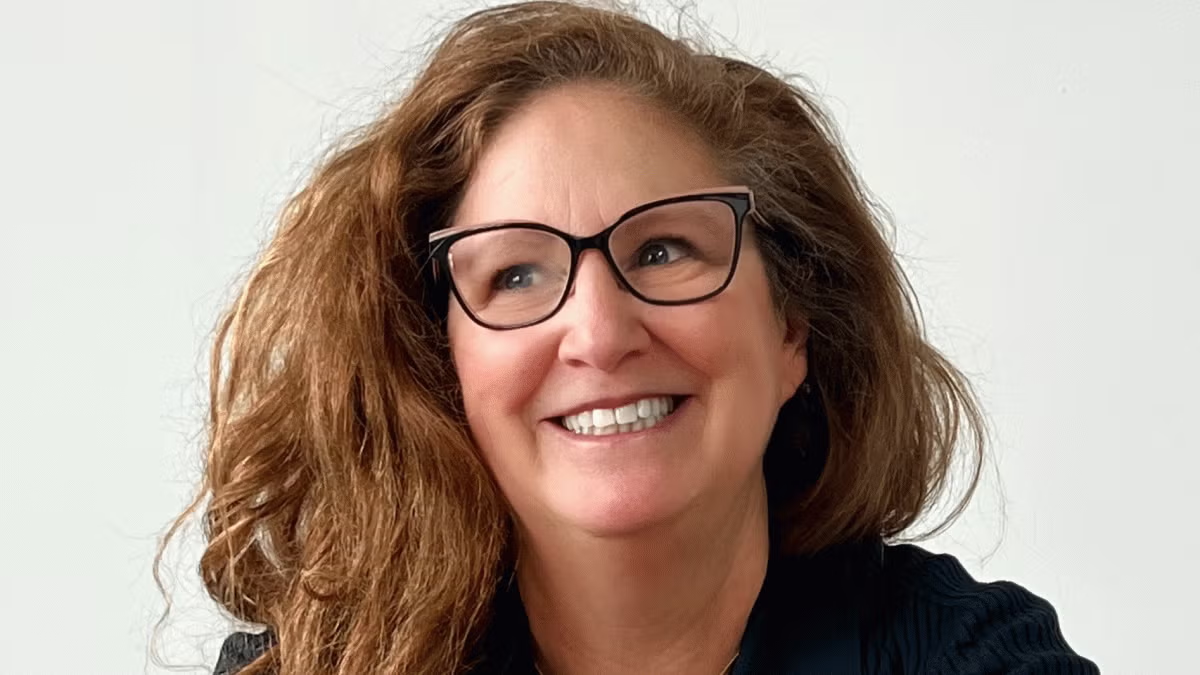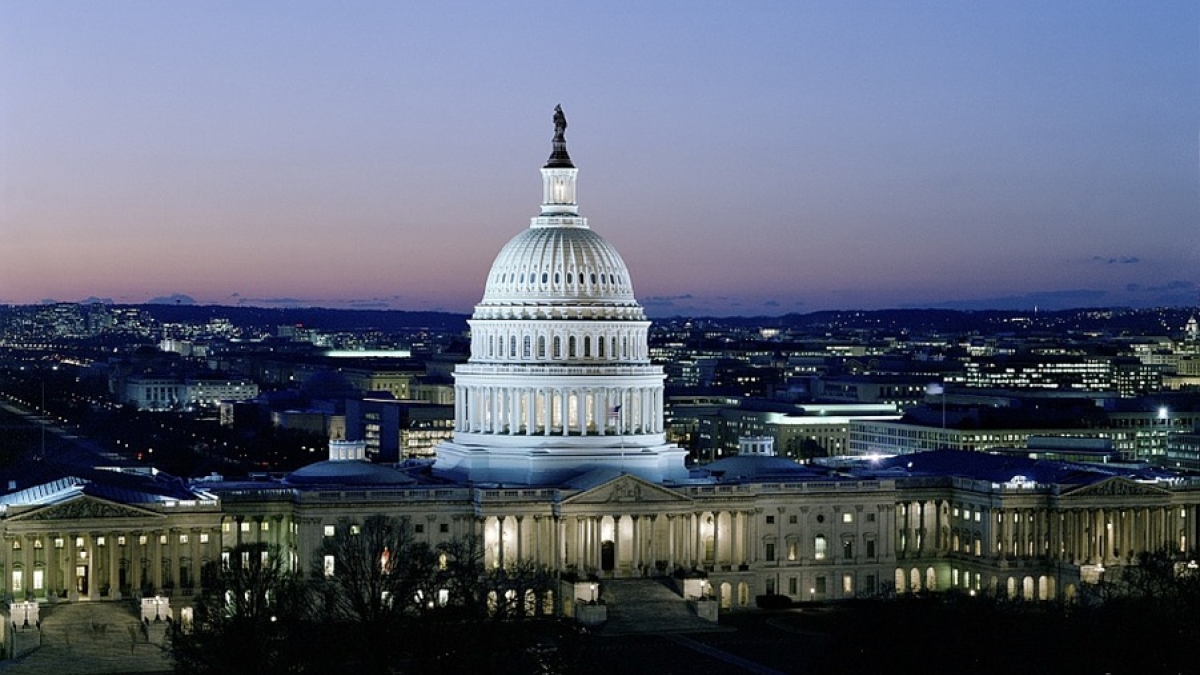Not since the 1960s has the United States been so divided, largely split into two political camps.
But what if a third major political party emerged in the U.S.? Would it lead to more nuanced political discourse? Is a third major party even possible, or is the two-party system “baked in” to the United States’ existing election laws and legislative rules?
ASU Now spoke with Sarah Shair-Rosenfield, a professor in Arizona State University's School of Politics and Global Studies whose research focuses on the politics of electoral reform, to discuss this possibility.

Sarah Shair-Rosenfield
Question: How likely is it for a three-or-more-party system to emerge in this country at some point?
Answer: It is difficult to predict, though the odds are not high. It's easy to assume that voter practices and norms surrounding elections — that people typically vote for either Democrats or Republicans — are the reason for this. But the actual electoral rules structuring congressional elections are one of the main sources of why the two-party system remains so strong.
We have what are called "winner take all" electoral districts for Congress: Every electoral district (House and Senate) has one seat available, and the winner is the person who gets the largest number of votes in that district, even if that number isn't a majority. This type of system nearly always produces two major parties — political scientists refer to this as "Duverger's Law." This is true even if third parties occasionally are able to break through in seat victories in a few districts, like when Green candidates do really well in elections in particular cities. This effect is compounded by the fact that there are really very few limits on campaign finance contributions and fundraising. This favors existing parties and incumbent candidates, so smaller parties may at best see only limited gains in the long run.
Q: Is our government able to deal with something akin to what we see in other countries where a third or fourth party may hold substantial numbers of seats?
A: To my knowledge, there's nothing in the Constitution or enabling legislation that prevents a coalition government from forming in the U.S. If a third party emerged, like a Progressive Left or a separate Tea Party, and their candidates won House or Senate seats, there isn't anything keeping them from caucusing with the Democrats or Republicans to form a majority to pass laws or joining the cabinet of a Democratic or Republican president to put those laws into practice.
But the big challenge for a multi-party U.S. Congress is the fact that the U.S. has what scholars of comparative politics would call relatively "undisciplined" legislative parties. In other words, while many other countries' legislatures have either formal or informal rules in place to encourage or force party members into voting on bills along party lines, the U.S. Congress has little in comparison. That means that individual U.S. legislators can basically vote on bills as they please from issue to issue, rather than having to vote with their co-partisans. While such individuals might be portrayed or viewed as "defectors" or "traitors" on those issues by their national party leaders, they might also come across to their constituents as "sticking to their principles." Without other penalties or incentives in place to keep them from voting against their own party, this individualistic aspect of U.S. legislative behavior sometimes makes it difficult for even two parties to come to consensus and govern.
It isn't clear how adding a third or fourth party would really affect this, since those parties presumably wouldn't have any more "disciplined" members in Congress. I guess the point is that ungovernability in Congress doesn't necessarily stem just from having two parties who rarely see eye-to-eye on policy.
Q: Have we seen the successful rise of an outside third or fourth party anywhere in the world?
A: The most notable are in the United Kingdom and Canada, which both have similar electoral rules as the U.S. has, including "winner take all" electoral districts for their national legislatures. Both historically have had two parties at any given time. However, both have also had successful third and fourth parties to varying degrees since the mid-20th century. In both cases those parties had to compete for decades to make big enough gains and establish themselves as viable opponents and coalition partners.
Q: In your opinion, would it be healthier for this country to have a three-party structure given how divisive we’ve become as a nation?
A: I think it's pretty clear from recent U.S. elections that a lot of people are unhappy with what they see as the status quo of the Democratic and Republican party platforms and policies. I do think that if both parties faced viable challengers, it would probably force them to more seriously reevaluate their current policy preferences and strategies, though whether they would actually change what they do once in office might be more limited. (What parties do to get elected versus what they do once they are in office is rarely the same thing.) But I'm not sure that simply adding another party or two would solve a lot of the problems of political polarization we've seen in the U.S. in recent years. I say this because a lot of other countries with rising polarization in the electorate have more than two political parties, so it’s pretty clear that having more parties doesn't necessarily reduce the potential for more fixed or extreme political positions to emerge.
I think the healthiest thing would be to try to figure out ways to remind members of both parties in Congress that their jobs are to make policy and govern this country, not just serve their constituents or voting base or party elites. That doesn't really have anything to do with how many parties there are; that has to do with the kinds of individuals we elect as well as the fact that there will always be another election they are looking forward to.
Top photo courtesy of Pixabay
More Law, journalism and politics

Annual John P. Frank Memorial Lecture enters its 26th year
Dahlia Lithwick, an MSNBC analyst and senior legal correspondent at Slate, is the featured speaker at the School of Social Transformation’s 26th annual John P. Frank Memorial Lecture on…

The politics behind picking a romantic partner
A new study reveals the role that politics play when picking out a romantic partner — particularly for older adults.“Findings show that politics are highly salient in partner selection across gender…

Tips to make tax season less taxing
When it comes to highly unpleasant experiences, filing taxes is probably up there with root canals — which is why people put off doing them. But tax season is here, and in an effort to alleviate…


